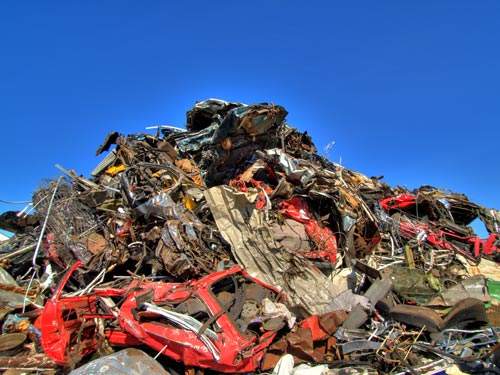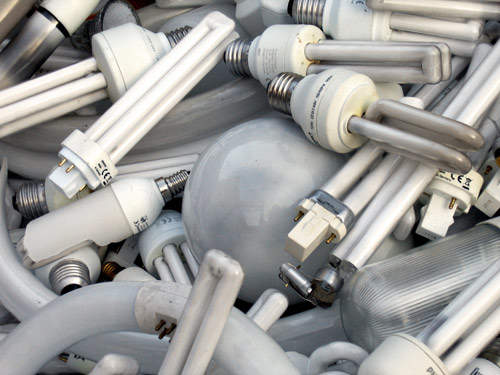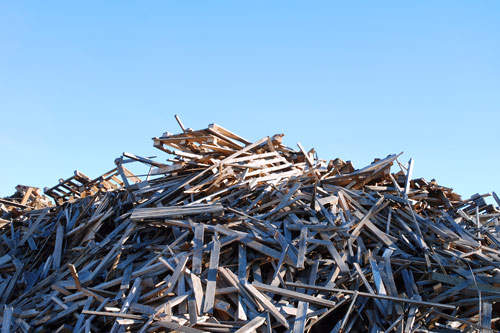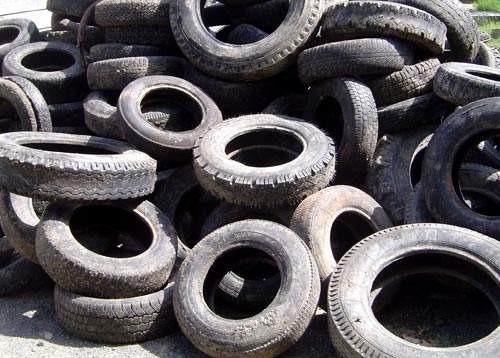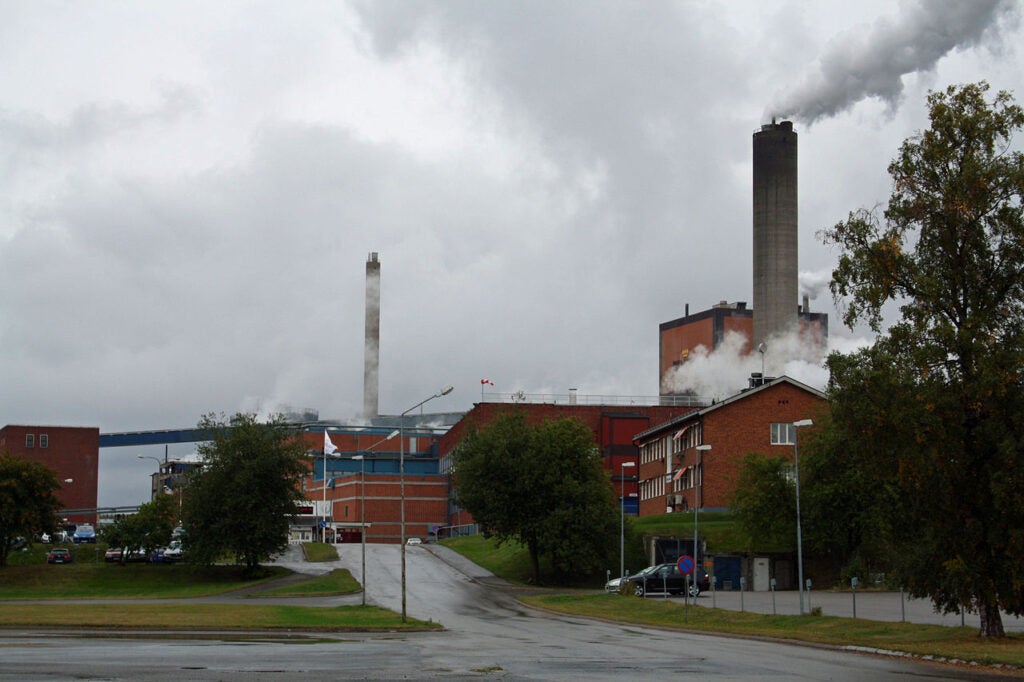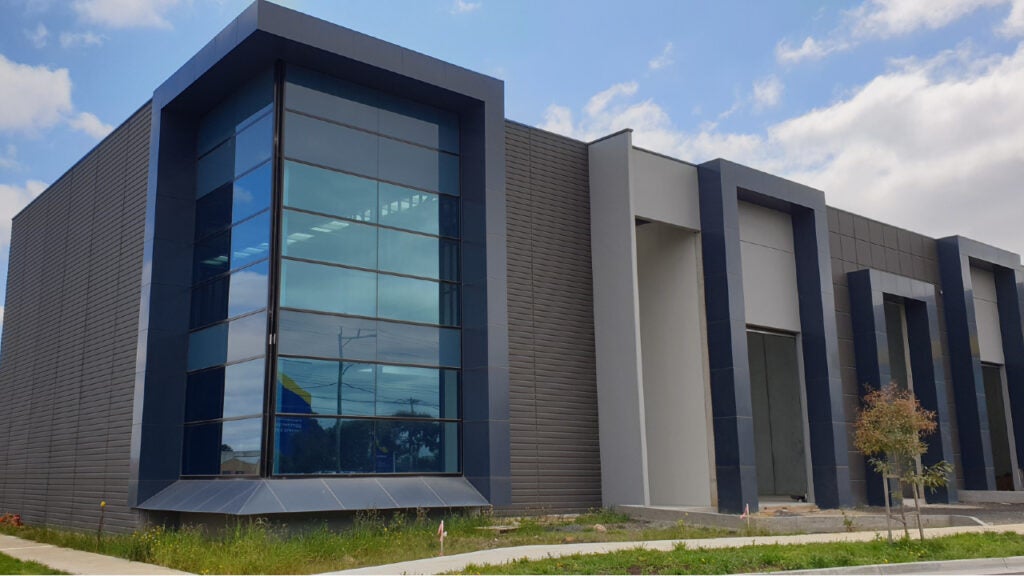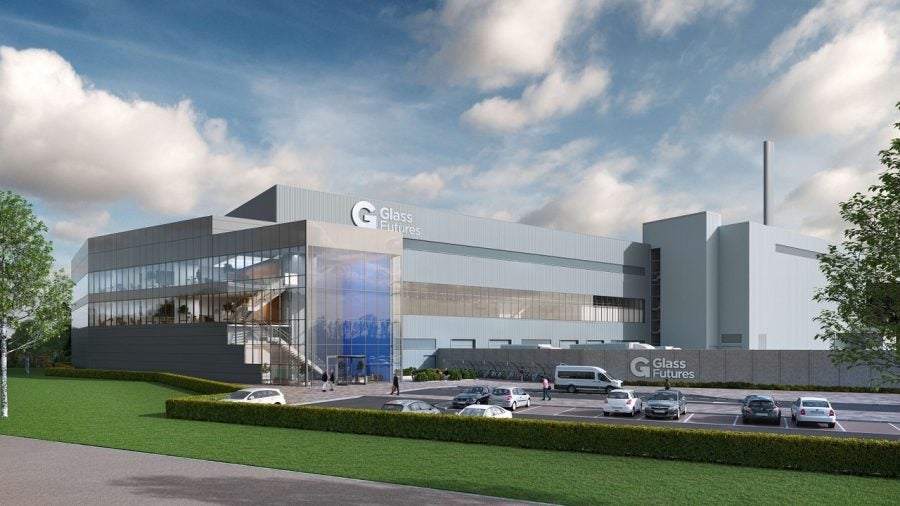Pepperhill Household Waste Recycling Centre (Pepperhill HWRC) is a closed / covered waste recycling plant in Gravesend, Kent, UK. The plant has been designed to recycle more than 70% of the waste brought in by residents served by Gravesham Borough Council and Dartford Borough Council. Pepperhill HWRC is being operated by Waste Recycling Group in Northampton, England, on behalf of Kent County Council.
Pepperhill HWRC collects local waste and exports it to waste treatment and disposal facilities. The plant, which opened in September 2008, is the first high-technology recycling centre in the county.
The facility was constructed by GSE Design and Build for the Waste Recycling Group. Construction of the 40,000ft² building was completed in 28 weeks at a cost of £3.4m.
The plant provides a range of recycling facilities and anticipates 300,000 visits over the 362 days it is open every year. It also encourages the public to recycle household and business waste.
Pepperhill HWRC was closed for six days in November 2009 following a fire, which broke out in the rubbish bay. Operations were restarted on 14 November 2009.
Plant details
Pepperhill HWRC includes a waste processing shed and modular offices. The shed has a single layered roof and wall-cladding. The office block is made from prefabricated material and includes a timber dual pitched roof and single strand membrane.
Two new 18m weighbridges were installed at the entrance to the site along with a modular weighbridge office and concrete ramps. The plant also includes a waste transfer station complex. Both the centre and the complex are designed to recycle 130,000t of waste, which is about 10% of Kent’s total household waste. The plant was designed to recycle about 17,000t of household waste, 10,000t of dry recyclables, 60,000t of general waste and waste generated by local businesses.
Waste management
The plant features the latest recycling facilities including a drive-through system that makes unloading waste easier for the public. The system features bright icons to direct customers.
Vehicles including cars, small vans and twin axel trailers carrying domestic waste are allowed into the facility. The Pepperhill site admits twin-axle trailers (vehicles with two sets of wheels), which are not usually allowed into HWRCs as they can cause congestion. However, there is a restriction on vehicles carrying business waste of more than 3,500kg.
Collected waste is put into a range of discrete storage bunkers and containers. It is then exported for the recycling process.
Recyclable material
The facility has a range of recycling bins to hold various kinds of waste material including spectacles, scrap metal, textiles and tyres.
Domestic batteries, car batteries, cans, engine oil, cardboard, fluorescent tubes / low-energy light bulbs, foil, TVs, monitors and gas bottles are also recycled. The plant also accepts larger items such as fridges and freezers and asbestos. Pepperhill stages meet-and-greet services for the public, which encourages people use the facility.
Council strategy
Kent has a population of about 1.6 million and each household produces an average of 740kg of waste a year. Kent County Council operates / runs about 18 HWRCs in the region and hopes to improve the recycling rate across all HWRCs to 42% by 2011 and 60% by 2012. The recycling rate is currently 36%. Pepperhill will help the council meet its targets.

